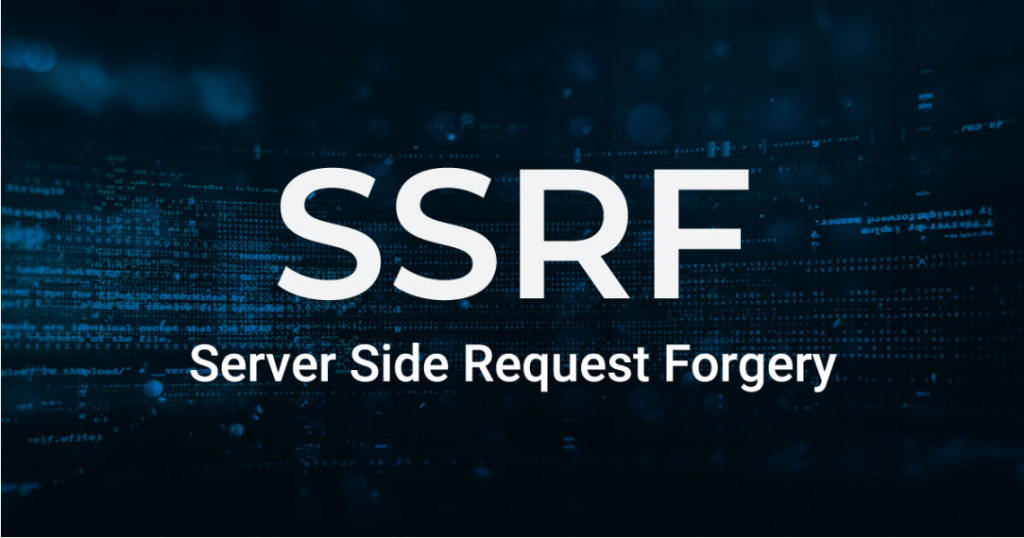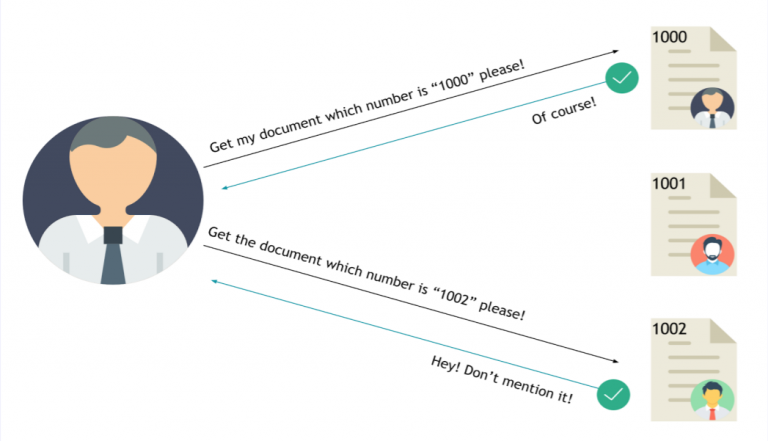THM – SSRF – Part 9
Last Updated on January 25, 2022 by aghanim

This is my notes from the Junior Pentesting course at TryHackMe. This course takes you through the basics and some advanced topics regarding penetration testing.
Table Of Contents
What is an SSRF?
SSRF stands for Server-Side Request Forgery. It’s a vulnerability that allows a malicious user to cause the webserver to make an additional or edited HTTP request to the resource of the attacker’s choosing.
Types of SSRF
There are two types of SSRF vulnerability; the first is a regular SSRF where data is returned to the attacker’s screen. The second is a Blind SSRF vulnerability where an SSRF occurs, but no information is returned to the attacker’s screen.
What’s the impact?
A successful SSRF attack can result in any of the following:
- Access to unauthorised areas.
- Access to customer/organisational data.
- Ability to Scale to internal networks.
- Reveal authentication tokens/credentials.
SSRF Examples





Finding an SSRF
Potential SSRF vulnerabilities can be spotted in web applications in many different ways. Here is an example of four common places to look:
When a full URL is used in a parameter in the address bar:

A hidden field in a form:

A partial URL such as just the hostname:

Or perhaps only the path of the URL:

Some of these examples are easier to exploit than others, and this is where a lot of trial and error will be required to find a working payload.
If working with a blind SSRF where no output is reflected back to you, you’ll need to use an external HTTP logging tool to monitor requests such as requestbin.com, your own HTTP server or Burp Suite’s Collaborator client.
Defeating Common SSRF Defenses
Deny List
A Deny List is where all requests are accepted apart from resources specified in a list or matching a particular pattern. A Web Application may employ a deny list to protect sensitive endpoints, IP addresses or domains from being accessed by the public while still allowing access to other locations. A specific endpoint to restrict access is the localhost, which may contain server performance data or further sensitive information, so domain names such as localhost and 127.0.0.1 would appear on a deny list. Attackers can bypass a Deny List by using alternative localhost references such as 0, 0.0.0.0, 0000, 127.1, 127.*.*.*, 2130706433, 017700000001 or subdomains that have a DNS record which resolves to the IP Address 127.0.0.1 such as 127.0.0.1.nip.io.
Also, in a cloud environment, it would be beneficial to block access to the IP address 169.254.169.254, which contains metadata for the deployed cloud server, including possibly sensitive information. An attacker can bypass this by registering a subdomain on their own domain with a DNS record that points to the IP Address 169.254.169.254.
Allow List
An allow list is where all requests get denied unless they appear on a list or match a particular pattern, such as a rule that an URL used in a parameter must begin with https://website.thm. An attacker could quickly circumvent this rule by creating a subdomain on an attacker’s domain name, such as https://website.thm.attackers-domain.thm. The application logic would now allow this input and let an attacker control the internal HTTP request.
Open Redirect
An open redirect is an endpoint on the server where the website visitor gets automatically redirected to another website address. For example, the link https://website.thm/link?url=https://tryhackme.com. This endpoint was created to record the number of times visitors have clicked on this link for advertising/marketing purposes. But imagine there was a potential SSRF vulnerability with stringent rules which only allowed URLs beginning with https://website.thm/. An attacker could utilise the above feature to redirect the internal HTTP request to a domain of the attacker’s choice.






